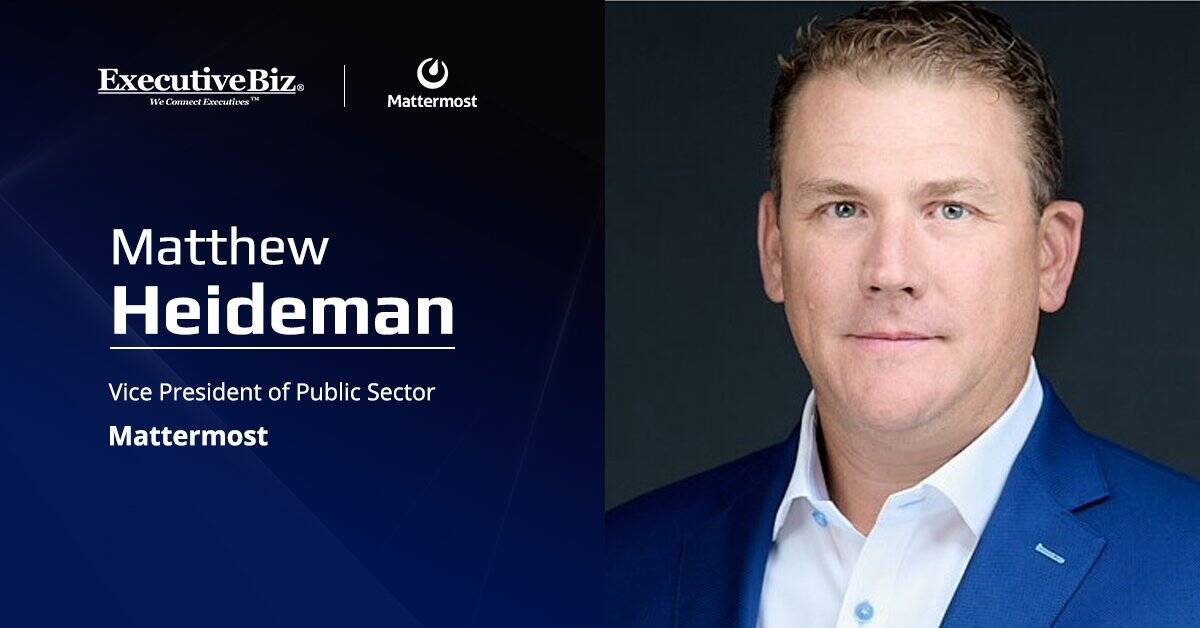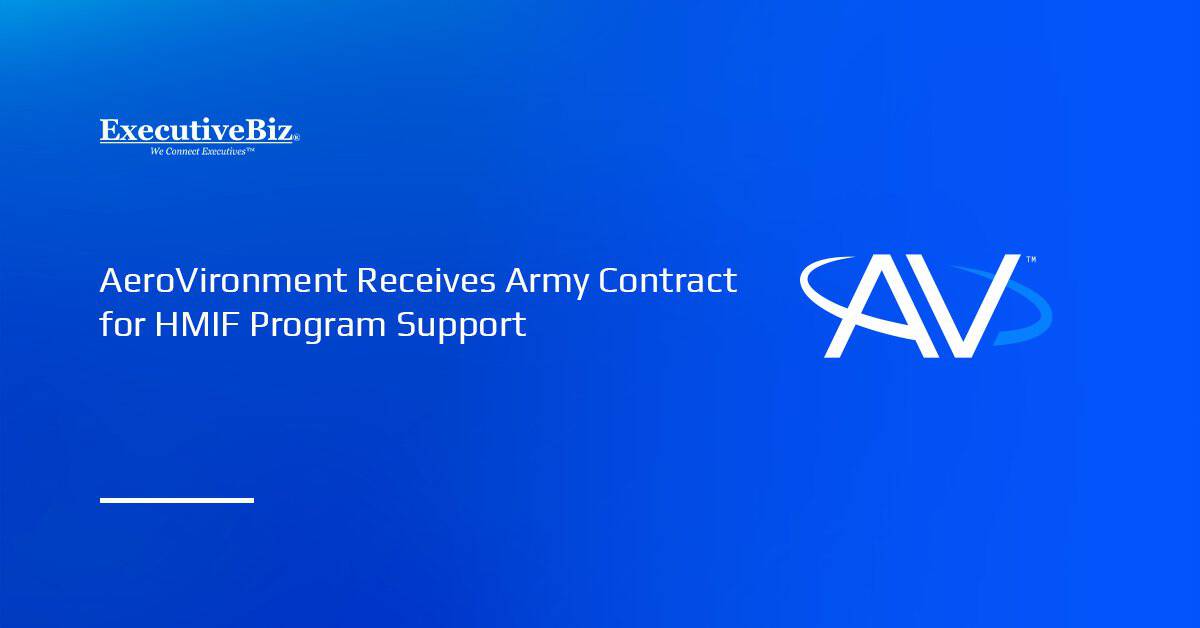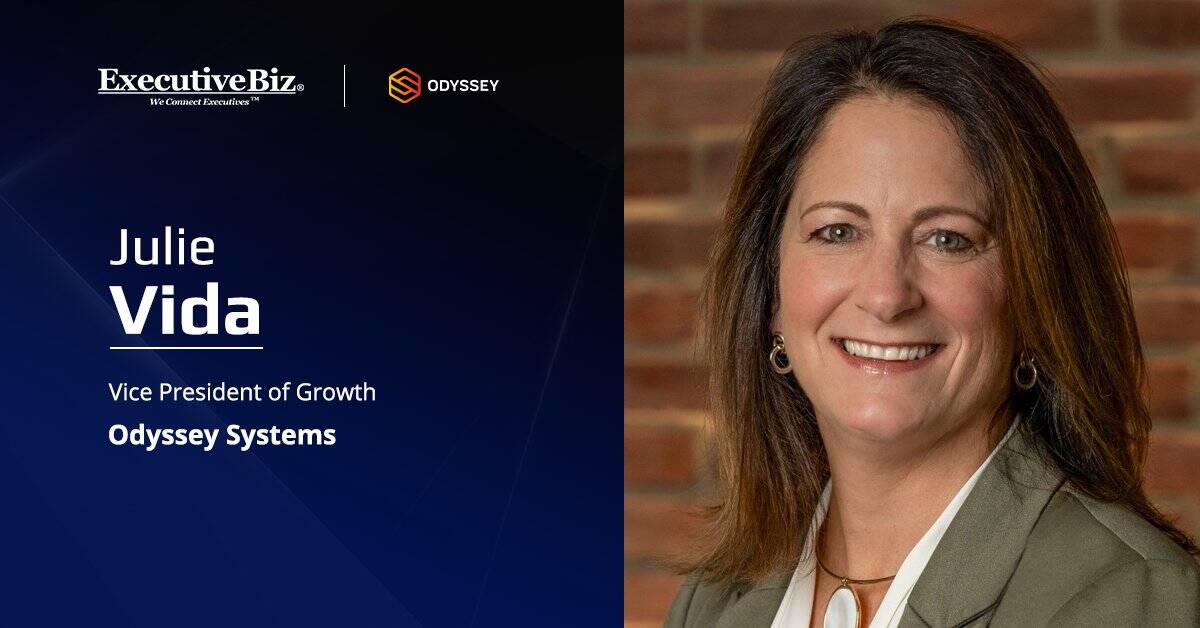Effective nuclear deterrence requires tight coordination among multiple entities, including government agencies, laboratories, military commands and contractors, according to Matthew Heideman of Mattermost.
Heideman, who serves as the company’s vice president of public sector, said in a blog post published Friday that Mattermost’s secure collaboration platform is intended to maintain nuclear mission continuity by closing communication gaps that can hinder timely decision-making and affect deterrence credibility.
How Can Mattermost Enhance Nuclear Mission Coordination?
Mattermost aims to enhance interagency communication by consolidating mission-essential systems and communication channels into a single environment. It incorporates existing nuclear command, control and communications, or NC3, and program management tools to synchronize coordination across engineering, acquisition, sustainment and command functions. It preserves oversight, shared awareness and operational tempo, ensuring continuity even under contested conditions.
The platform, designed for air-gapped and denied, degraded, intermittent or limited, or DDIL, networks, aligns with the Department of Defense’s zero trust and Defense Information Systems Agency’s Security Technical Implementation Guide standards. Mattermost also works alongside existing tools and tactics, techniques and procedures, or TTPs, providing an additional layer of secure communication, record-keeping and oversight.
In addition, all actions on the platform—messages, tasks, files and approvals—are permanently recorded, creating an auditable trail that meets Government Accountability Office, inspector general and Congressional requirements, and helps ensure operational continuity and nuclear deterrence credibility.





